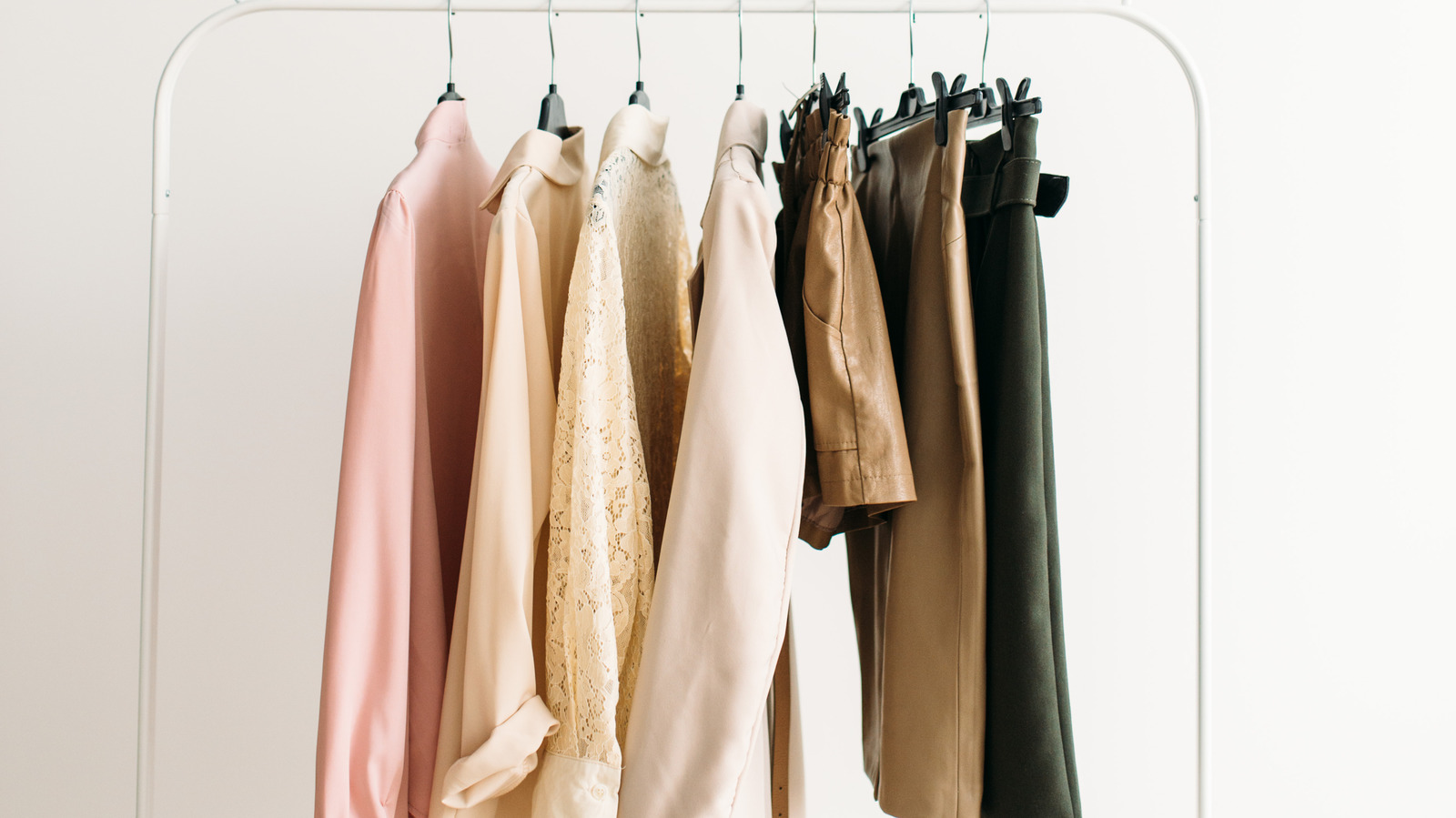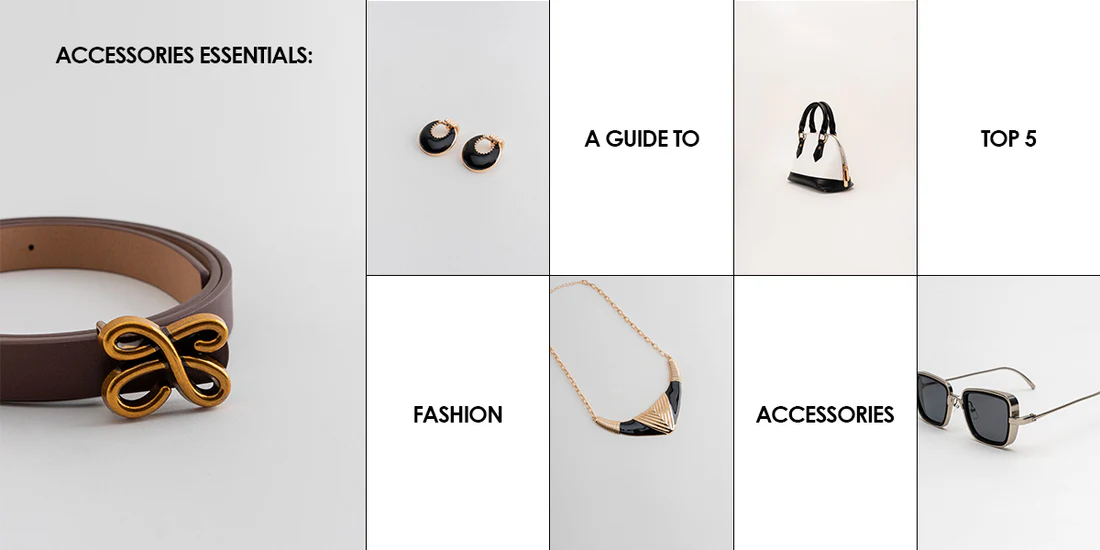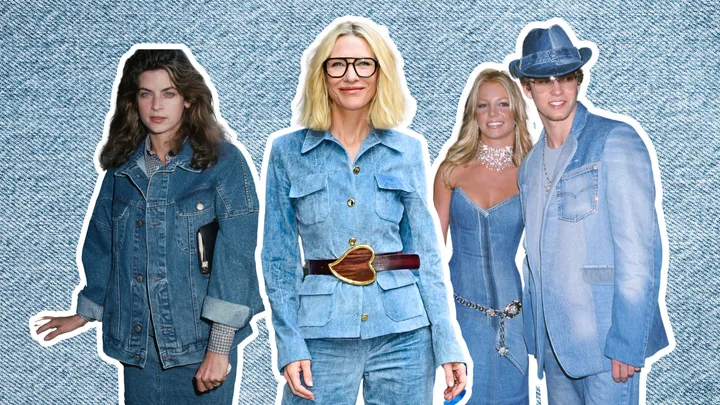Building the Perfect Capsule Wardrobe
In an era of overwhelming fashion choices and overflowing closets, the capsule wardrobe emerges as a beacon of clarity and intentionality. This minimalist approach to dressing focuses on curating a collection of essential, high-quality pieces that work harmoniously together, creating endless outfit possibilities while reducing decision fatigue and promoting sustainable consumption.
A well-designed capsule wardrobe transcends seasonal trends and fleeting fashion moments, instead building upon timeless pieces that reflect your personal style and lifestyle needs. This approach not only simplifies your morning routine but also ensures that every item in your closet serves a purpose and brings you joy.
The Capsule Philosophy: Quality over quantity, versatility over variety, and intentionality over impulse. A successful capsule wardrobe typically consists of 25-40 carefully chosen pieces that can be mixed and matched to create numerous outfits.
Understanding the Capsule Concept
The term "capsule wardrobe" was coined by boutique owner Susie Faux in the 1970s and later popularized by fashion designer Donna Karan. The concept revolves around investing in a limited number of carefully selected pieces that complement each other in color, style, and function.
This approach encourages mindful consumption and helps develop a deeper understanding of your personal style preferences. Instead of constantly acquiring new items, you focus on building relationships with pieces that truly serve your lifestyle and aesthetic vision.
Core Basics
Foundation pieces that form the backbone of your wardrobe, including quality tees, classic jeans, and versatile blazers.
Color Harmony
A cohesive color palette ensures all pieces work together seamlessly, typically featuring 2-3 neutral colors and 1-2 accent colors.
Quality Investment
Focus on well-made pieces that will withstand regular wear and maintain their appearance over time.
Versatile Function
Each piece should serve multiple purposes and work in various combinations for different occasions.
The Building Process: Step by Step
Creating your capsule wardrobe is a thoughtful process that requires honest self-reflection and strategic planning. Begin by examining your current lifestyle, work requirements, social activities, and personal style preferences to determine what your ideal wardrobe should accomplish.
Assess Your Current Wardrobe
Begin with a thorough closet audit. Remove everything and categorize items by type, noting which pieces you wear frequently and which have been neglected.
Define Your Lifestyle Needs
Consider your daily activities, work environment, social commitments, and climate to understand what types of clothing you actually need.
Establish Your Color Palette
Choose 2-3 neutral colors that flatter your skin tone and 1-2 accent colors that reflect your personality and can be easily mixed.
Identify Essential Categories
Determine how many pieces you need in each category: tops, bottoms, outerwear, dresses, shoes, and accessories based on your lifestyle.
Shop Strategically
Fill gaps with high-quality pieces that align with your color palette and style preferences. Avoid impulse purchases that don't serve your overall vision.
Test and Refine
Live with your capsule for a season, noting which pieces work well and which need adjustment. Refine your collection based on real-world experience.
Essential Pieces for Every Capsule
While individual capsule wardrobes vary based on personal style and lifestyle needs, certain foundational pieces appear in most successful collections. These versatile staples provide the framework upon which you can build a functional and stylish wardrobe.
Tops and Blouses
- Classic white button-down shirt for professional and casual styling
- Quality basic tees in neutral colors for layering and casual wear
- Cashmere or wool sweater for warmth and elevated casual looks
- Silk or satin blouse for sophisticated occasions
- Striped long-sleeve shirt for timeless casual appeal
Bottoms
- Well-fitted dark jeans that flatter your body type
- Tailored trousers in neutral colors for work and formal occasions
- Classic midi or knee-length skirt in a versatile fabric
- Comfortable yet polished leggings for casual styling
Outerwear and Dresses
- Structured blazer that works for professional and casual settings
- Quality coat appropriate for your climate
- Little black dress that can be dressed up or down
- Casual dress in a flattering cut and neutral color
Quality Indicators: Look for natural fibers, sturdy construction, reinforced seams, quality hardware, and classic cuts that won't date quickly. These elements ensure your investment pieces will serve you well over time.
Color Strategy and Coordination
A cohesive color palette is the secret to a successful capsule wardrobe. When all your pieces work together colorwise, you can create numerous outfit combinations without the frustration of pieces that don't coordinate. This approach also helps prevent impulse purchases that don't integrate well with your existing wardrobe.
Start with neutrals that complement your skin tone and hair color. Common neutral bases include black, navy, gray, beige, cream, and white. From this foundation, add one or two accent colors that reflect your personality and can be incorporated through accessories, shoes, or statement pieces.
Seasonal Adaptations
Your capsule wardrobe can evolve seasonally while maintaining its core structure. Rather than completely replacing your wardrobe, focus on adapting pieces for different weather conditions and adding seasonal accents through accessories and layering pieces.
For warmer months, emphasize lighter fabrics, sleeveless options, and brighter accent colors. Cooler seasons call for layering pieces, warmer fabrics, and deeper accent tones. This approach maintains consistency while allowing for seasonal freshness and appropriate functionality.
Maximizing Outfit Combinations
The true power of a capsule wardrobe lies in its ability to generate numerous outfit combinations from a limited number of pieces. This mathematical magic happens when each item can work with multiple other pieces in various styling scenarios.
Practice creating different looks by changing how you style the same base pieces. A white button-down can be worn tucked into trousers with a blazer for work, tied at the waist over a dress for casual chic, or layered under a sweater for cozy sophistication. This versatility maximizes your cost-per-wear and ensures you always have something appropriate to wear.
Styling Techniques
- Master the art of layering for both style and temperature control
- Use accessories to change the mood and formality of outfits
- Experiment with tucking, rolling, and styling details
- Mix textures and patterns within your color palette
- Understand how different silhouettes work together
Maintenance and Evolution
A capsule wardrobe requires ongoing attention and occasional evolution to remain effective and satisfying. Regular maintenance includes proper care of your garments, periodic assessment of what's working and what isn't, and strategic updates as your lifestyle or preferences change.
Plan to review your capsule seasonally, noting which pieces you reach for repeatedly and which remain unworn. This information guides future purchasing decisions and helps refine your understanding of your personal style and needs.
Long-term Success Strategies
Successful capsule wardrobe maintenance involves developing strong self-awareness about your style preferences and lifestyle needs. Keep a wish list of potential additions rather than making impulse purchases, and always consider how new pieces will integrate with your existing collection.
Remember that building the perfect capsule wardrobe is an iterative process. Allow yourself time to learn what works best for your body, lifestyle, and aesthetic preferences. The goal is creating a wardrobe that serves you beautifully while reflecting your authentic style.
The Sustainable Impact
Beyond personal benefits, capsule wardrobes contribute to more sustainable fashion consumption patterns. By focusing on quality over quantity and thoughtful purchasing over impulse buying, you reduce your environmental footprint while potentially saving money long-term.
This mindful approach to fashion consumption supports ethical brands that prioritize quality and fair labor practices. When you buy fewer, better pieces, you can afford to invest in companies whose values align with your own, contributing to positive change in the fashion industry.



